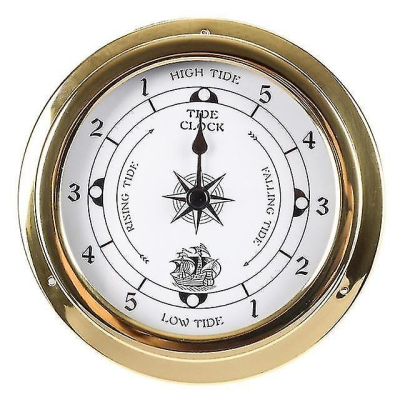Scientist make accurate measurements with the help of various measuring tools. Let’s look at a few of them today.

pH Meter
A pH meter is an electric device that measures the concentration of hydrogen ions (or pH) in a solution to determine whether it is acidic or alkaline. It was invented in 1934 by the American chemist Arnold O. Beckman to measure the sourness of lemons.
It consists of a glass electrode that is sensitive to pH and another reference electrode. The device reads the potential difference between the two electrodes to arrive at results that are displayed electronically in the form of a pH value. This knowledge is critical in chemical lab work and healthcare.
Stethoscope
A stethoscope is a diagnostic instrument commonly used by doctors to listen to sounds made inside the human body-in the lungs, heart and pulse points. The device has two ear buds that are connected by a flexible cord to a sensitive sound detector at the other end.
French physician Dr René Laennec first used a cylindrical roll of paper to listen to chest sounds instead of using his ear in the early 19th Century. Later he improved upon this to create the first stethoscope for medical use (‘Stethos' meaning 'chest’ in Greek).
Barometer
A barometer is an instrument that measures the pressure exerted by the weight of the air in the atmosphere.
As changes in atmospheric pressure are directly related to changes in weather, a barometer is a useful instrument at all weather stations.
The device can be also used to measure altitude since atmospheric pressure changes with altitude.
Breathalyser
It is an instrument used to estimate blood alcohol content (BAC) in one's breath. The instrument that is presently used by the police to discourage drinking and driving is a prototype developed by Robert Frank Borkenstein in 1954. The person exhales into a tube attached to the device which then reads the level of alcohol in the sample breath.
Picture Credit : Google